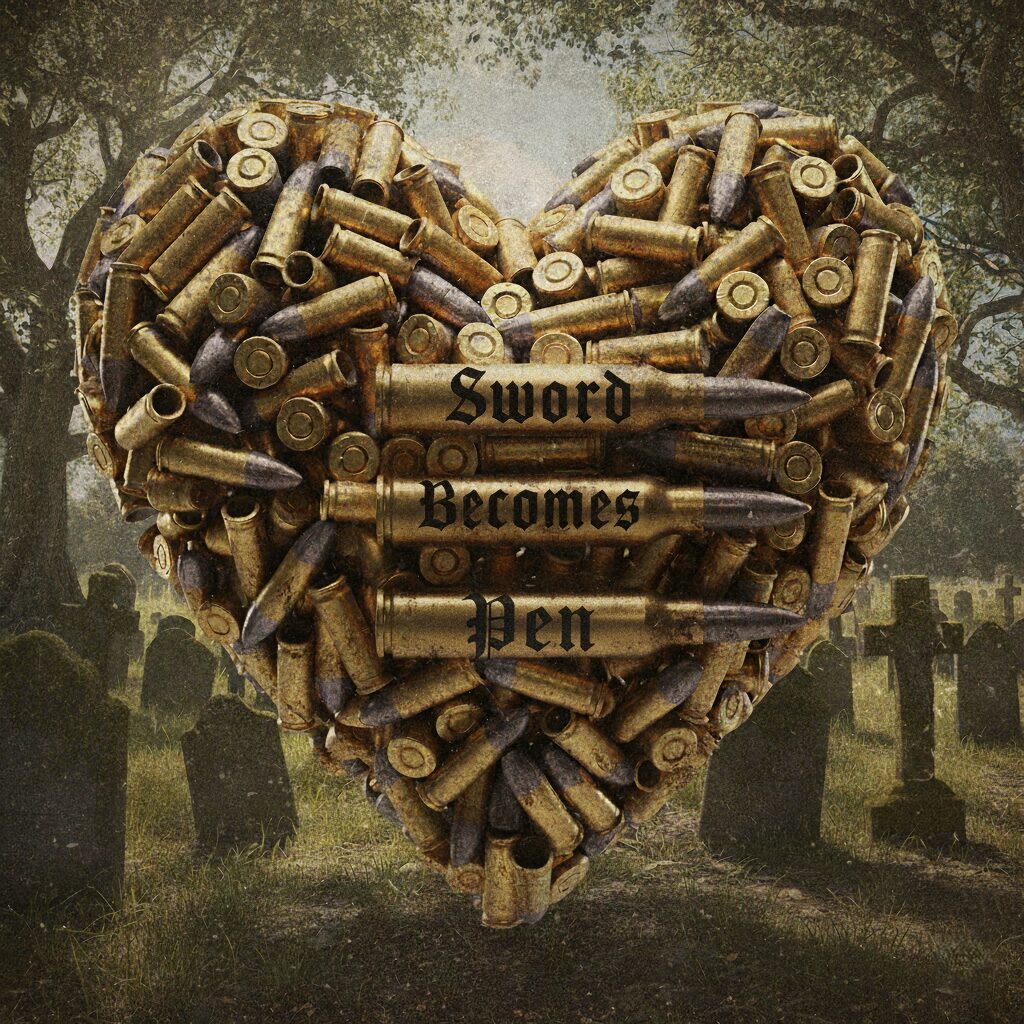Your cart is currently empty!
Why are shooters writing their manifestos on bullet casings?
And should we pay attention to what they have to say?

In August of 1966, Charles Whitman committed what became, at that point, the largest mass shooting in American history. He killed 16 people and wounded 31. At his home he left a note where he stated he did not “understand what it is that compels me to type this letter… After my death I wish that an autopsy would be performed on me to see if there is any visible physical disorder.” Doctors performed the requested autopsy and found a tumor in Whitman’s brain that has been hypothesized to at least contribute to the “why” behind his actions. Communication mediums have changed drastically since 1966, and so to has been the method via which killers have conveyed their messages.
The medium via which killers have conveyed their messages has evolved
In the 1960’s, ’70’s, and ’80’s mail and letters to law enforcement and the media reigned supreme. From 1969 to 1974 the Zodiac Killer mailed letters and cyphers to newspapers and law enforcement related to their acts of murders. From 1978 to 1995 Theodore Kaczynski, the Unabomber, infamously mailed a series of bombs before publishing a manifesto in 1995 in The Washington Post and the New York Times.
This changed in the 90’s, where killers started incorporating video into their messaging. The shooters that perpetrated the 1999 mass shooting at Columbine left diaries and videotapes that were only partially released by law enforcement out of fear of inspiring copycats. In 2007, Seung-Hui Cho mailed to NBC a package containing a PDF of his manifesto, a couple Microsoft Word documents, and a video file before he murdered 32 people at Virginia Tech.
With the advent of social media and wider adoption of the internet, killers continued to find new ways to quickly publish their thoughts. Dylann Roof setup a website containing his manifesto prior to killing nine African American churchgoers in Charleston in 2015. Brenton Tarrant took the internet trend a step further, live streaming his 2019 mosque shootings via Facebook after posting his manifesto on a fringe internet forum.
Then, in December of this past year, a new trend started when United Healthcare’s CEO was assassinated with bullet casings reading “deny,” “defend,” and “depose.” A few months later Charlie Kirk was assassinated by a gunman that engraved a variety of messages on used and unused bullet casings left at the scene. And just yesterday bullet casings left behind after a shooting at an immigration facility in Texas had the message “Anti-ICE” written on them.
It seems that we have reached a new medium for killers to convey their messages
Instead of communicating their intentions via letters left behind and mailed manifestos, they are now leaving short, tweet-length messages on the very ammunition used to perpetrate their attacks. Sometimes cryptic, such communication often leaves significant blanks that are then filled by the imagination.
Perhaps this is a feature rather than a bug. The act of leaving any kind of message hints at the purpose of these attacks. The often short and cryptic nature of these communications attracts attention and speculation, potentially elevating the core message the killers hope to convey. Long manifestos are easily ignored and videos easily censored or even destroyed. These short messages act as quick vehicles of information that are inevitably reported on and comprehensively digested by its intended audience, us.
In political science, the definition of a state is often characterized as an entity with clearly defined territory and which has a monopoly on legitimate violence within that territory. Killers seek to undermine both the state and our society when they attempt to legitimize the violence they perpetrate via messaging, regardless of the medium. It is concerning that there appears to be a new trend that has caught on, likely driven by the publicity received thus far. As a society, we should guard against further encouragement of such behavior. Publishing the writings on these bullet casings are likely counterproductive. Killers are bypassing censorship by relying on these short messages getting picked up by the media and spread, giving voice to their agenda and encouraging future killers to do the same.






Leave a Reply